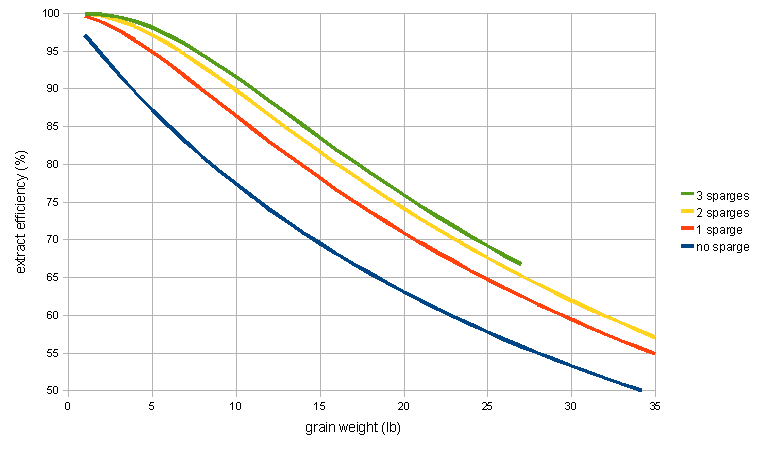badhabit
Well-Known Member
I am starting to think that I can build a single tier, direct fired, RIMS using only two keggles. Maybe I am just behind the times and these are common but I don't see them and can't find them on this site. I would love to hear from anyone that has one or can tell me the errors of my thinking. I will gas fire but I am sure you could electric heat the same way. Here are my thoughts, what am I forgetting??? Use one keggle as the Mash Tun and the second as the Boil Kettle. Heat inital H20 in the MT and heat additional sparge H20 in the BK. Recycle through the MT applying direct heat to it durring the mash. Add sparge from the BK when ready and then return the whole batch to the BK for the boil. After the boil is finished recycle through a plate chiller back into the BK until temp is good and then run off into a fermenter. I would need only one March pump. I would have to move hoses so I would use quick connects and at this point do not see me ever automating. The foot print would obviously be 1/3 smaller and the cost would be substantially less. Again please let me know if you have one of these, what I have missed or any other ideas that you have.


 So if I were to get a third Keggle and not heat it, I could drain hot sparge H20 into it from the BK and then from it into the MT. I would have a three pot system and would have a bigger footprint but I wouldn't need to have a heat source for that third pot, just heat a little above final sparge temp befor sparging into MT while draining into the BK. Or is it worth it, just get the third heat source and make it the HLT??? Any other thoughts?
So if I were to get a third Keggle and not heat it, I could drain hot sparge H20 into it from the BK and then from it into the MT. I would have a three pot system and would have a bigger footprint but I wouldn't need to have a heat source for that third pot, just heat a little above final sparge temp befor sparging into MT while draining into the BK. Or is it worth it, just get the third heat source and make it the HLT??? Any other thoughts?
